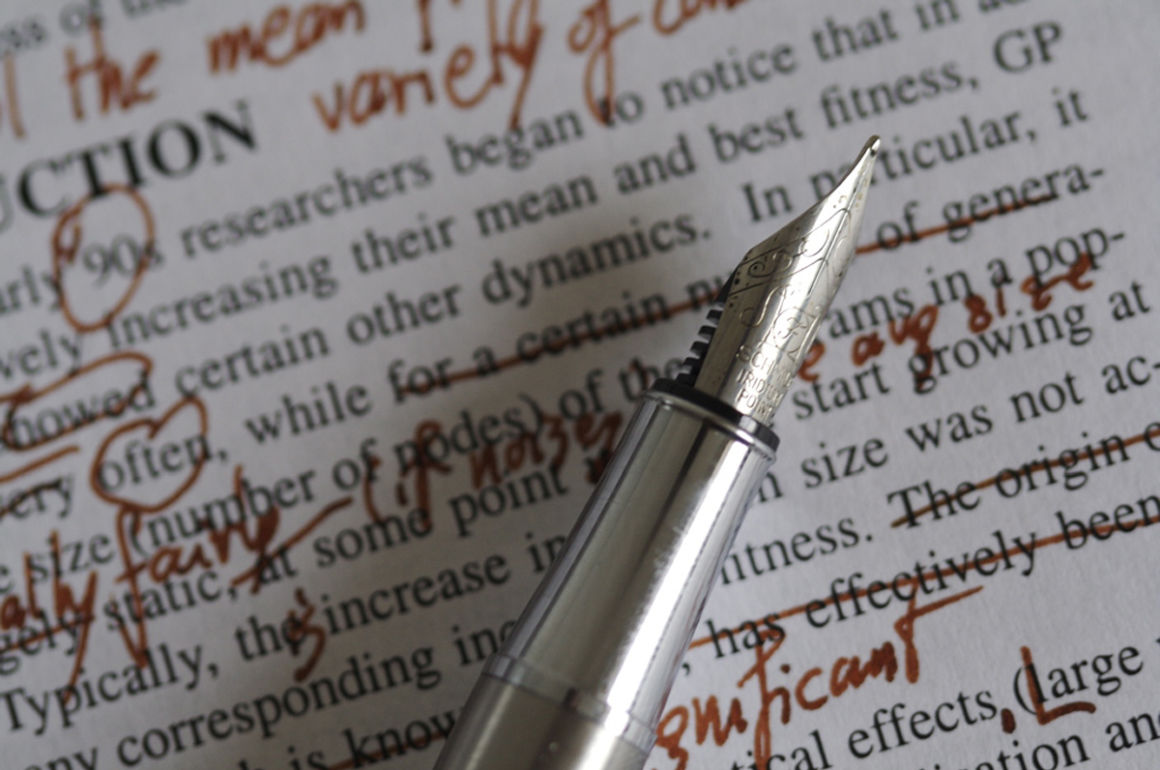Fabrication in news publishing can take many forms, from creating sources and embellishing stories to making quotes sound different from what was actually said. Here are some best practices to avoid fabrication from Geanne Belton, Ruth Hochberger and Jane Kirtley, journalists and educators who are the authors of the Poynter course on avoiding plagiarism and fabrication.
- Be a stickler for accuracy. Develop and maintain guidelines and high standards for accuracy in the facts you report.
- Take responsibility for every fact. Confirm every fact yourself with what you’ve observed, you’ve heard in interviews with credible sources and what you’ve learned in authoritative documents. Attribute the facts to your sources.
- Stick to the facts. Avoid embellishing or exaggerating for the sake of telling a more dramatic story.
- Be aware of the legal risks. Fabrication not only damages your career and the reputation of your organization. It can result in legal liability if your fabrication could harm someone’s reputation.
Taken from Avoiding Plagiarism and Fabrication, a self-directed course by Geanne Belton, Ruth S. Hochberger and Jane Kirtley at Poynter NewsU.
Have you missed a Coffee Break Course? Here’s our complete lineup. Or follow along on Twitter at #coffeebreakcourse.







